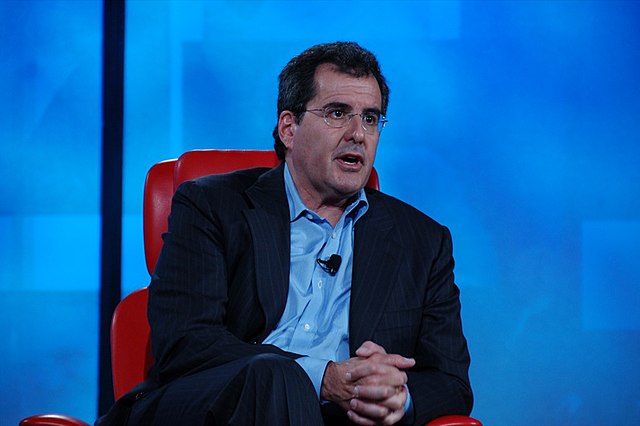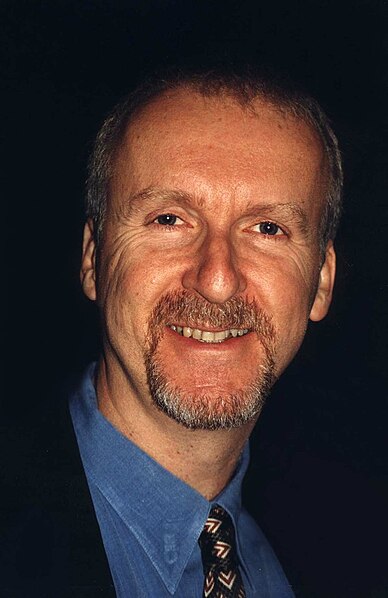Peter Chernin is an American film and television producer, businessman and investor. He is the chairman and CEO of The Chernin Group (TCG), which he founded in 2010. TCG manages, operates and invests in businesses in the media, entertainment, and technology sectors.
Chernin in 2007
Titanic is a 1997 American epic romantic disaster film directed, written, produced, and co-edited by James Cameron. Incorporating both historical and fictionalized aspects, it is based on accounts of the sinking of RMS Titanic in 1912. Leonardo DiCaprio and Kate Winslet star as members of different social classes who fall in love during the ship's maiden voyage. The film also features an ensemble cast of Billy Zane, Kathy Bates, Frances Fisher, Gloria Stuart, Bernard Hill, Jonathan Hyde, Victor Garber, David Warner, Suzy Amis and Bill Paxton.
The real Margaret Brown (right) providing Captain Arthur Henry Rostron with an award for his service in the rescue of Titanic's surviving passengers.
Crew of the Olympic, 1911. Left: First Officer William M. Murdoch. Right: Captain Edward J. Smith.
Wallace Hartley. Titanic's bandmaster and violinist.
Director, writer and producer James Cameron (pictured in 2000)





